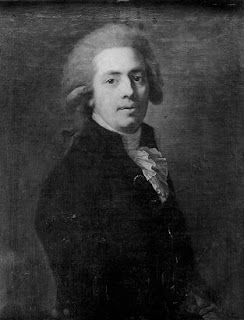Mining and Minerals Education Foundation |

Bartolomé de Medina
(1497-1585)
2013 Inductee from Mining's Past
Inventor of the Patio Process
Bartolomé de Medina was a successful Spanish businessman who became fascinated with solving the challenge of decreasing silver yields and increasing production costs from silver ores mined in the Spanish America. He first focused his attention on learning about new smelting methods from smelters in Spain but found that silver could be extracted from ground ores using mercury and salt water brine.
Armed with this knowledge, he left for Pachuca, New Spain (Mexico) in 1554 and established a model patio refinery to test the effectiveness of this new technology. The process involved first crushing silver ores to a fine slime, then mixed with salt, water, magistral (impure copper sulfate), mercury and then spread in a 1 to 2 foot thick layer in a shallow-walled open enclosure patio. Horses were driven around the patio to further mix the ingredients and eventually formed an amalgam. This “dry” method eliminated the need for large quantities of wood and water which were readily available in Europe but not in the treeless, waterless highlands of Mexico and the Andes.
The introduction of amalgamation to silver refining replaced smelting as the primary method of silver extraction and inaugurated a rapid expansion of silver production in Mexico and Peru. As a result, the Americas became the primary source producing three-fifths of the world’s silver supply until around 1900. Spanish American production fed the demand for silver, facilitating the development of extensive trade networks and this rapid expansion is often recognized as the key to early modern world trade linking Europe, Africa, Asia, and Americas.
